Hale Habitat & Seed
Chicory
Chicory
FREE SHIPPING!
Couldn't load pickup availability
Chicory (Cichorium intybus) is a perennial herb that is highly valued for its deep taproot, nutrient-rich leaves, and ability to improve soil health. It is widely used for forage, wildlife food plots, and as a cover crop. Chicory is especially attractive to deer, turkey, and other wildlife because of its high protein content and year-round forage potential.
Benefits for Wildlife
✔ High in protein (up to 20%), making it a nutritious food source for deer, turkey, rabbits, and other small game.
✔ Attracts pollinators like bees due to its flowers.
✔ Provides summer and fall forage, especially valuable when other food sources are scarce.
✔ Perennial crop that can last for several years with proper maintenance.
✔ Improves soil health by breaking compacted soil layers with its deep roots.
Planting Guidelines
-
Planting Times:
- Spring (April–June): Ideal planting time when soil temperatures reach 50–65°F.
- Late Summer (August–September): Can also be planted late in the growing season for fall and winter forage.
-
Seeding Depth:
- ¼ to ½ inch deep, as chicory needs good soil contact for proper germination.
-
Seeding Rates:
- Drilled: 4–8 lbs per acre for more uniform establishment.
- Broadcast: 8–10 lbs per acre, followed by light dragging or cultipacking for better seed-to-soil contact.
-
Days to Maturity:
- 70–90 days to maturity, with some varieties reaching full leaf production in the first season.
-
Drought Tolerance:
- High – Chicory has a deep taproot, allowing it to access water from deeper soil layers, making it highly drought-tolerant once established.
-
Saturated Soil Tolerance:
- Low to Moderate – Prefers well-drained soils and does not tolerate waterlogged conditions.
-
Shade Tolerance:
- Low to Moderate – Prefers full sun for optimal growth but can tolerate partial shade in some cases.
Fertilization Guidelines for Chicory
- Soil pH: Prefers a slightly acidic to neutral pH range of 6.0–7.0.
- Nitrogen (N): Does not need excessive nitrogen but benefits from 20–40 lbs N per acre to support early growth.
- Phosphorus (P): 40–60 lbs P₂O₅ per acre, based on soil test results, for root development and early growth.
- Potassium (K): 40–60 lbs K₂O per acre, especially if soil potassium is low.
Fertilization Timing:
- Apply phosphorus and potassium before planting, based on soil test results.
- For established stands, consider top-dressing with nitrogen in early spring for better production.
Herbicide Use for Chicory
-
Weed Management:
- Chicory can be susceptible to weed competition in early growth stages, so proper weed control is important for establishment.
-
Herbicide Options for Chicory:
- Pre-emergence herbicides like Prowl (Pendimethalin) or Sencor (Metribuzin) can be used to control grass and broadleaf weeds before germination.
- Post-emergence herbicides like 2,4-D may be used to control broadleaf weeds, but caution should be taken when chicory is young.
Key Considerations:
- Use herbicides carefully since chicory is sensitive to certain chemicals.
- Follow recommended herbicide application rates and timing to avoid crop injury.
Share
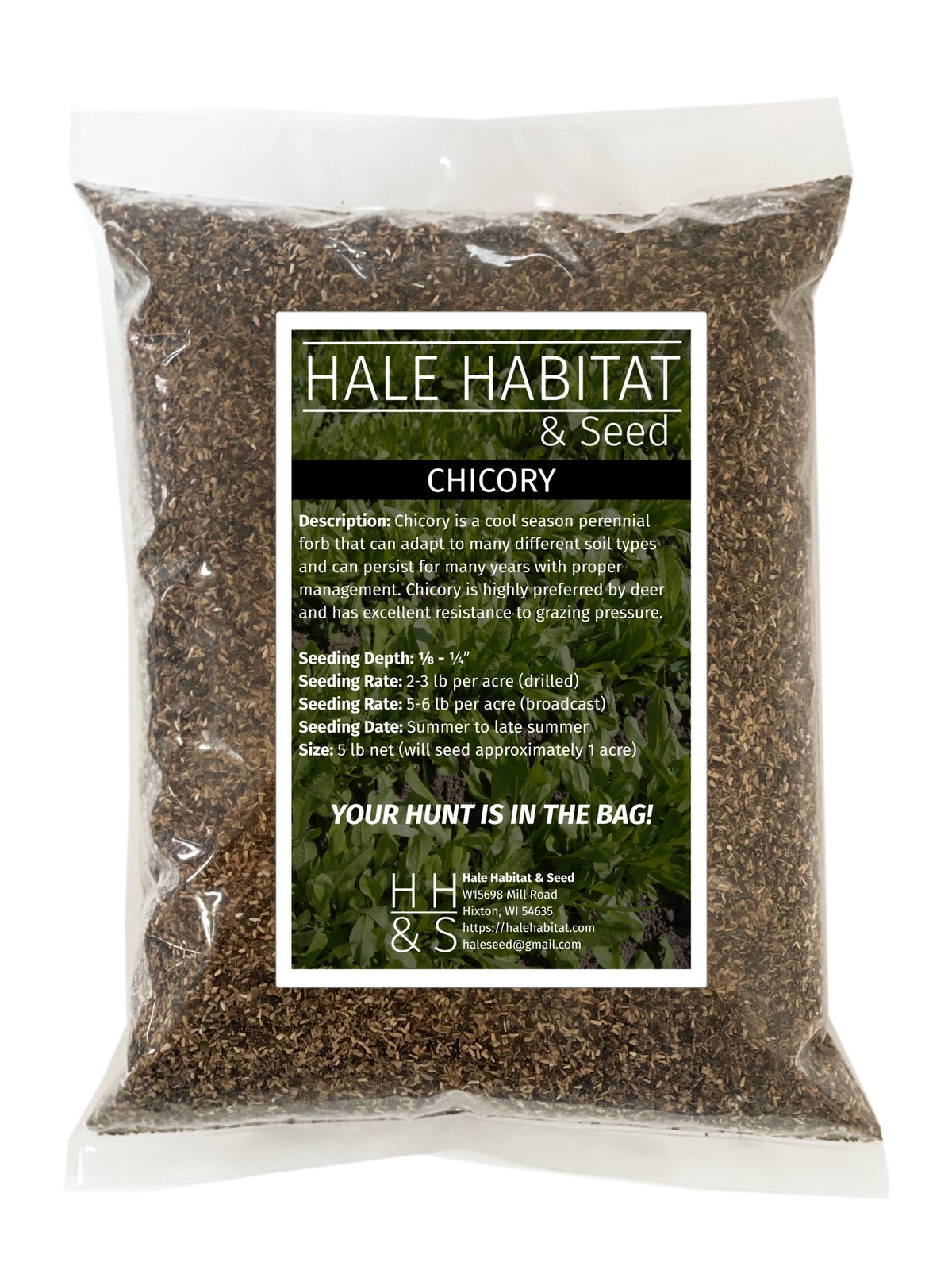
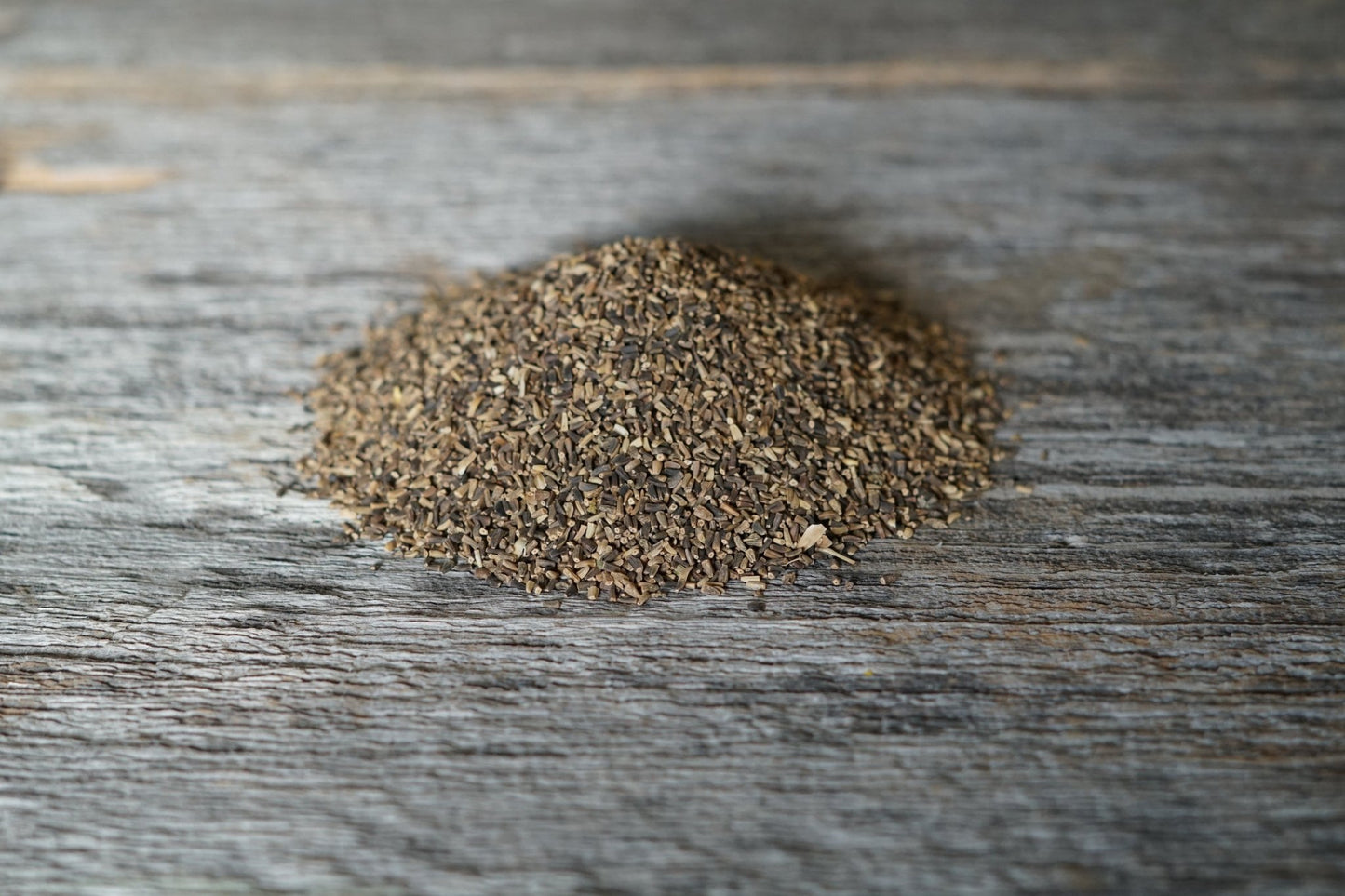
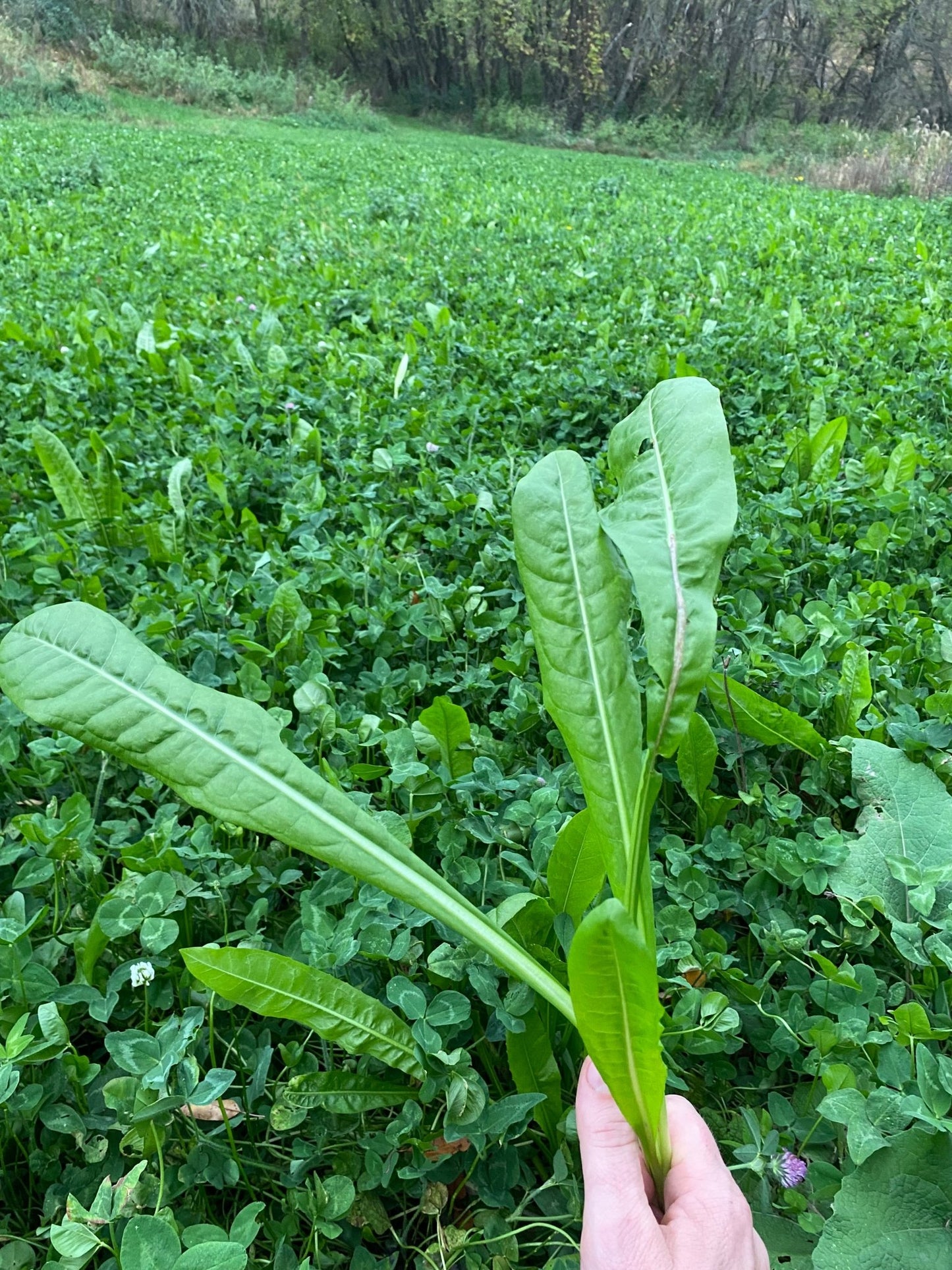
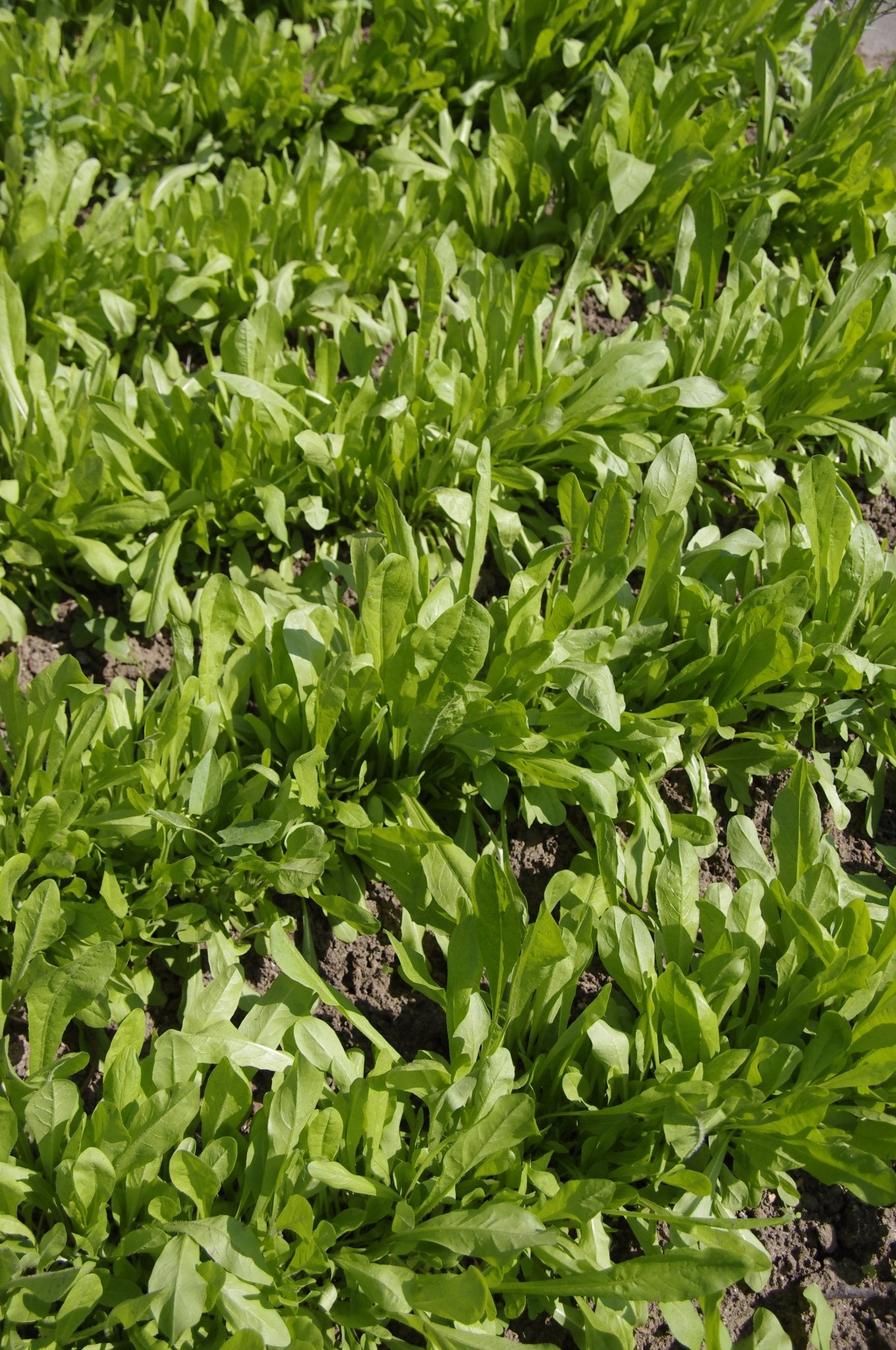
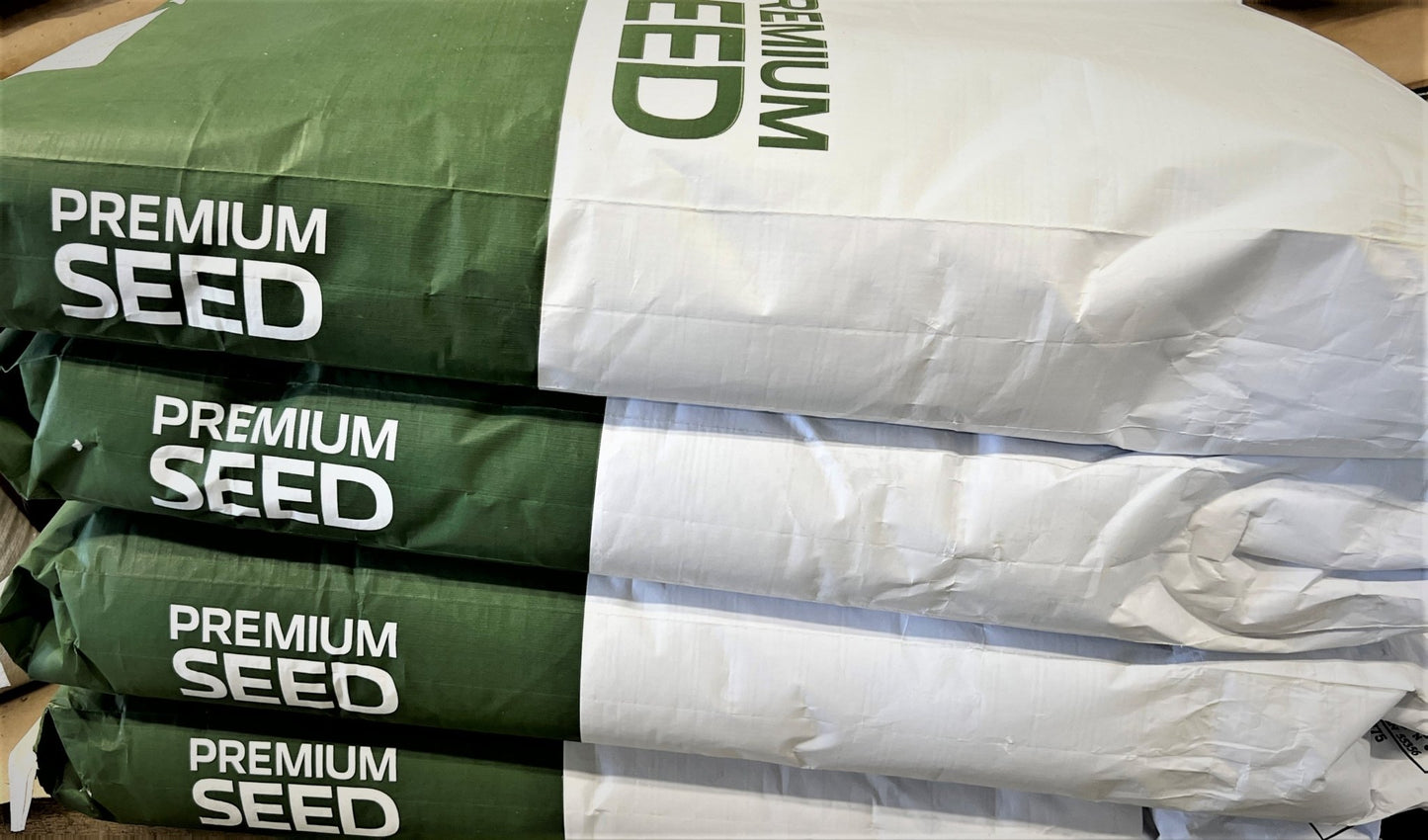
Looking forward to some great 2023 clover / chichory food plots. It's not coated seed, so you get a true 5# of seed, not 3# of seed and 2# of coating. Thanks Bryce for being available for questions and the super fast service.





